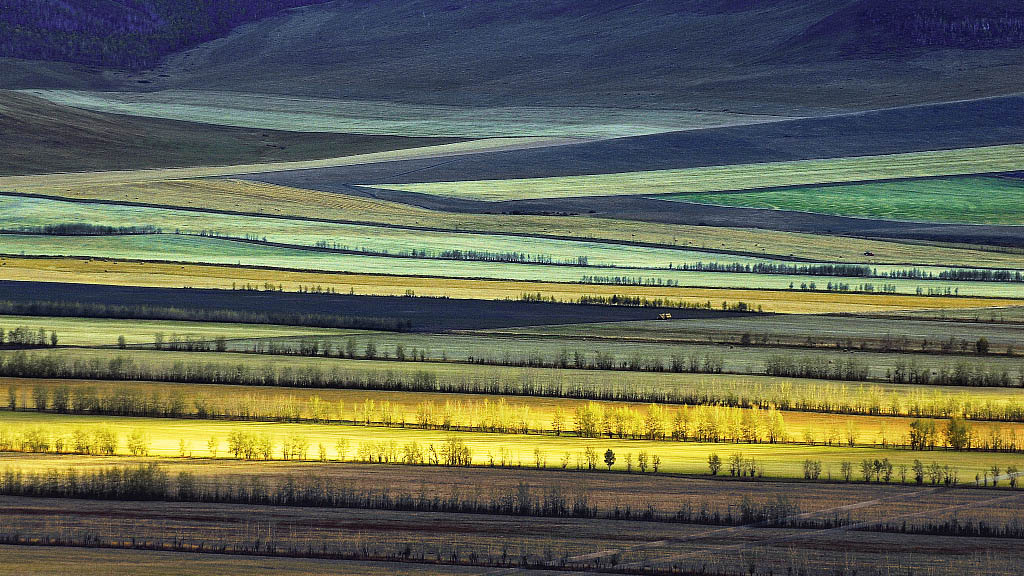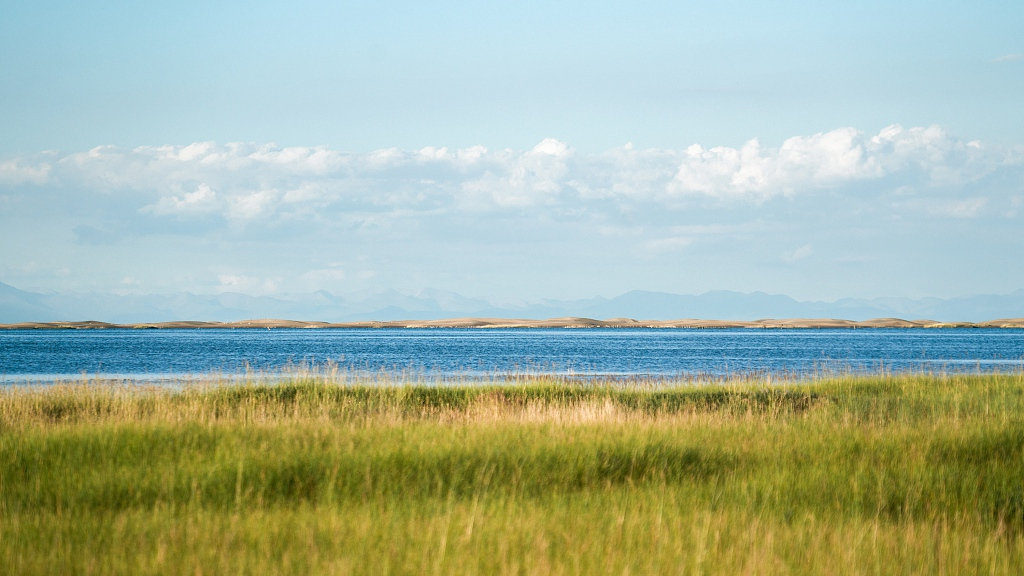'Kidney of the earth'
Known as “the kidney of the earth,” wetland is believed to be the cradle of abundant animals and plants. It is considered the most biologically diverse ecosystem on the planet.
Why do we need to protect wetlands? And what is the current preservation status of China's wetlands? On February 2, 2019, World Wetlands Day, these questions are highlighted again as China's ecological preservation awareness continues to increase.
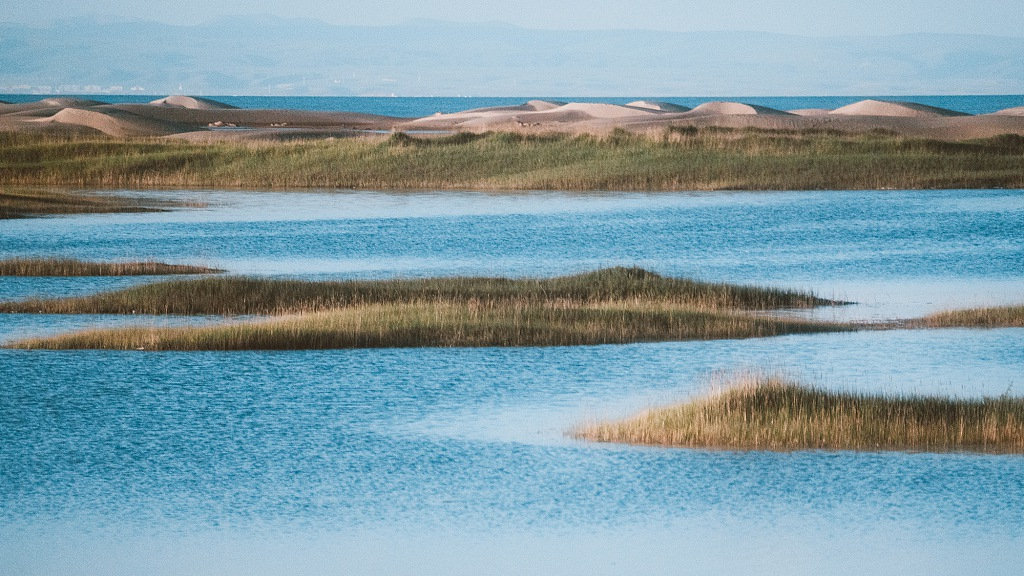
Bird Island in Qinghai Lake, Qinghai Province. /VCG Photo
Bird Island in Qinghai Lake, Qinghai Province. /VCG Photo
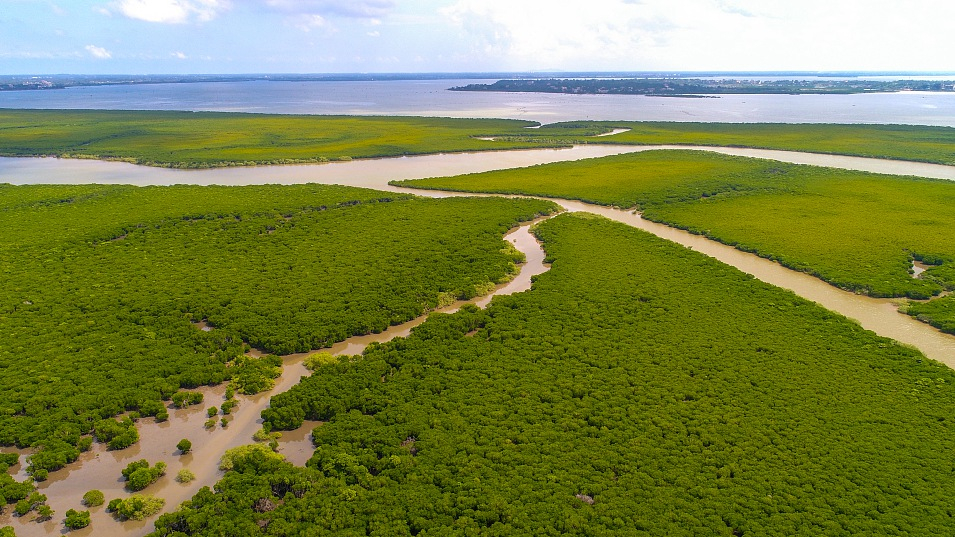
Dongzhaigang National Nature Reserve in Haikou City, Hainan Province. /VCG Photo
Dongzhaigang National Nature Reserve in Haikou City, Hainan Province. /VCG Photo
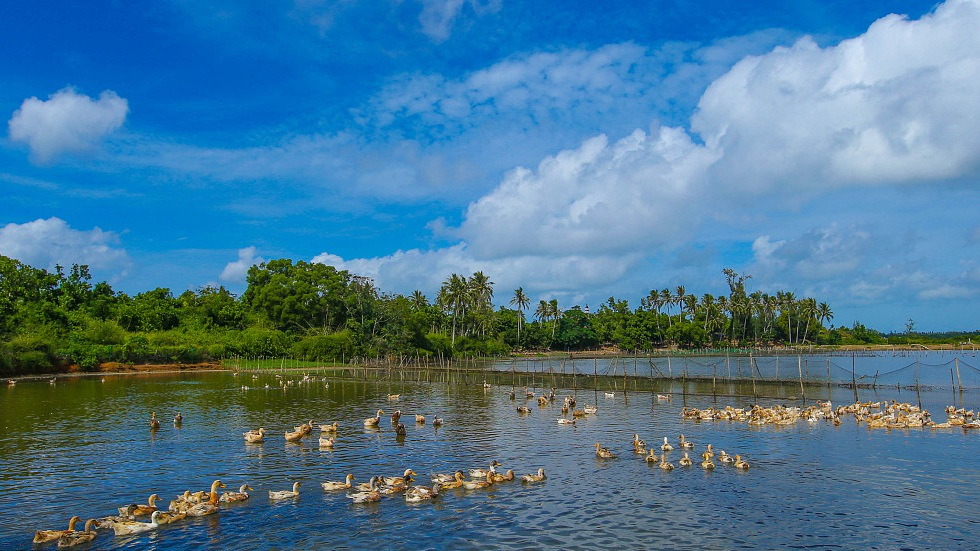
Mangroves in Dongzhaigang National Nature Reserve in Hainan Province. /VCG Photo
Mangroves in Dongzhaigang National Nature Reserve in Hainan Province. /VCG Photo
Right after his field investigation on wetlands in southeast China's Fujian Province had finished, professor Lei Guangchun, the dean of the School of Nature Conservation at Beijing Forestry University and vice chairman of the National Wetland Science Committee, provided some detailed insights about these questions.
The danger of wetlands degradation
Wetlands are vital in water purification, water storage and carbon processing.
In a world that faces an increasing threat from climate change, wetlands are crucial in carbon cycling and mitigating global warming.
As a unique type of wetland, peatlands are formed by an accumulation of plant and animal remains in the water. “They cover only about three percent of the earth, but can store around one-third of the world's carbon – two times of the amount of carbon reserved by forests in the world,” professor Lei said.
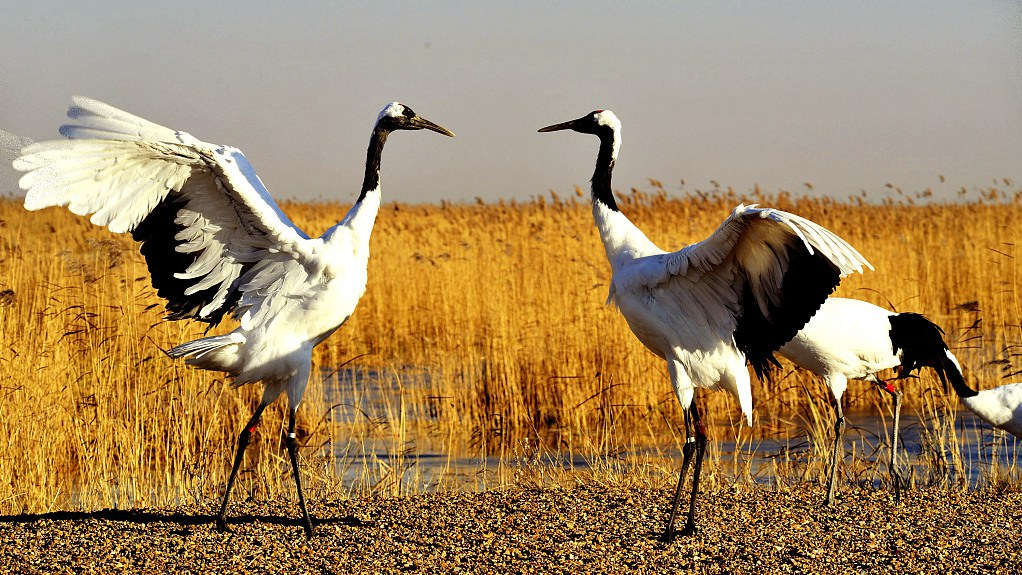
Red-crowned cranes in Zhalong National Nature Reserve in Qiqihar, Heilongjiang Province. /VCG Photo
Red-crowned cranes in Zhalong National Nature Reserve in Qiqihar, Heilongjiang Province. /VCG Photo
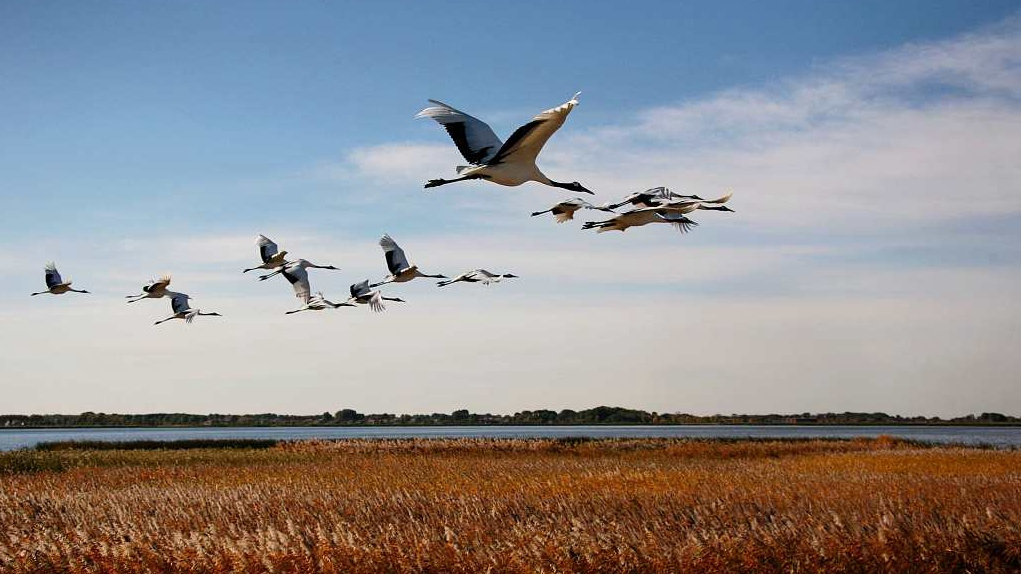
Zhalong National Nature Reserve in Qiqihar City is known as "home for cranes." /VCG Photo
Zhalong National Nature Reserve in Qiqihar City is known as "home for cranes." /VCG Photo
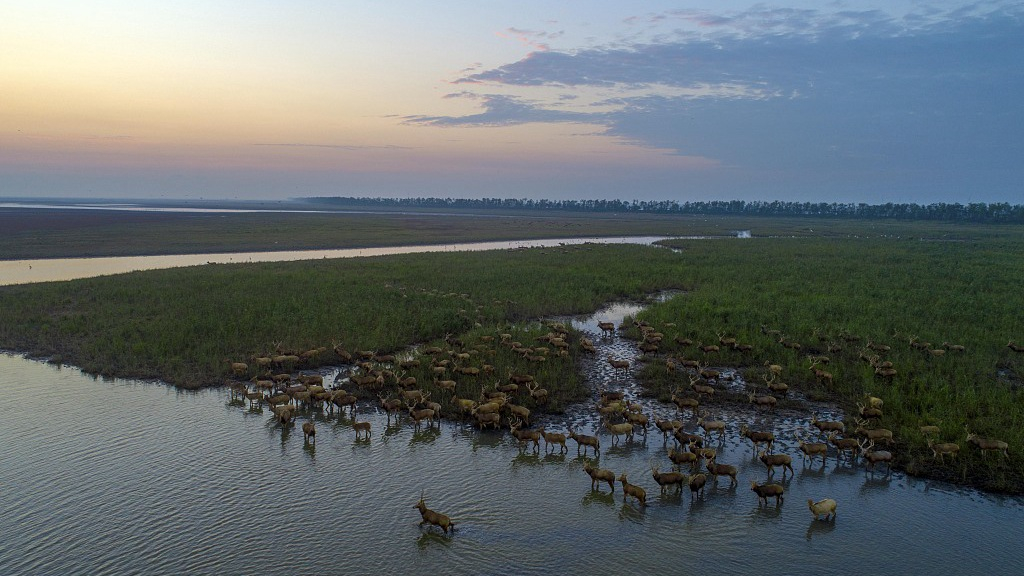
Elks in Dafeng Elk National Nature Reserve in Yancheng City, Jiangsu Province. /VCG Photo
Elks in Dafeng Elk National Nature Reserve in Yancheng City, Jiangsu Province. /VCG Photo
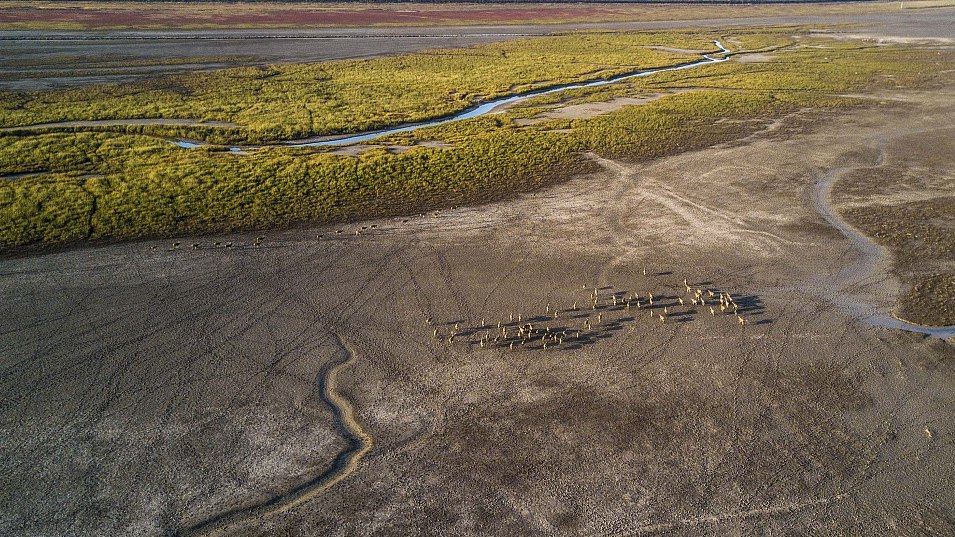
Dafeng Elk National Nature Reserve. /VCG Photo
Dafeng Elk National Nature Reserve. /VCG Photo
However, the quality of wetlands has seen a continuous decline in most regions of the world. This is often caused by unreasonable use of wetlands such as reclamation, pollution, overuse of fresh water and deforestation.
Degradation of wetlands will emit a large amount of carbon dioxide into the atmosphere, causing a disastrous effect on climate change.
It is estimated that the amount of carbon released through drainage or damage of wetlands around the world could reach six percent of the global carbon emission through human activity.
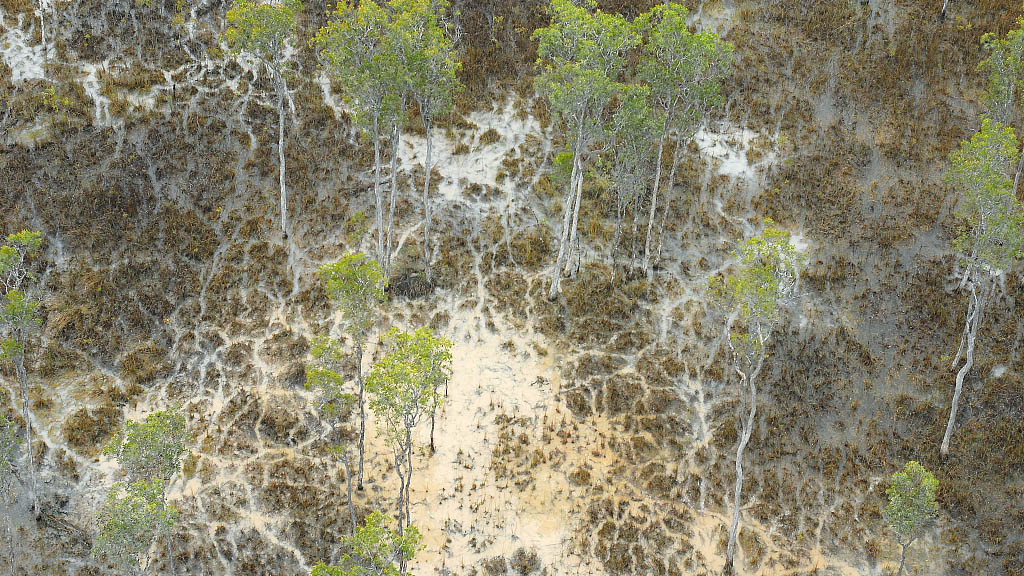
Degradation of the seasonal wetland in Wongalara Station Reserve, Australia. /VCG Photo
Degradation of the seasonal wetland in Wongalara Station Reserve, Australia. /VCG Photo
“For instance,” professor Lei said, “the amount of carbon dioxide emitted through fires in Indonesian peat forests in 1997 had been equivalent to up to 40 percent of the global fossil fuel carbon emissions, making the country one of the top five carbon-emitters that year.”
In the hope of changing the situation, the Convention on Wetlands, or the Ramsar Convention, provides a framework for the conservation and sustainable development of wetlands globally.
Until this day, there are 170 contracting parties with the Ramsar Convention globally. The Ramsar sites, also known as wetlands of international importance, covers 252,054,231 hectares of wetlands in the world.
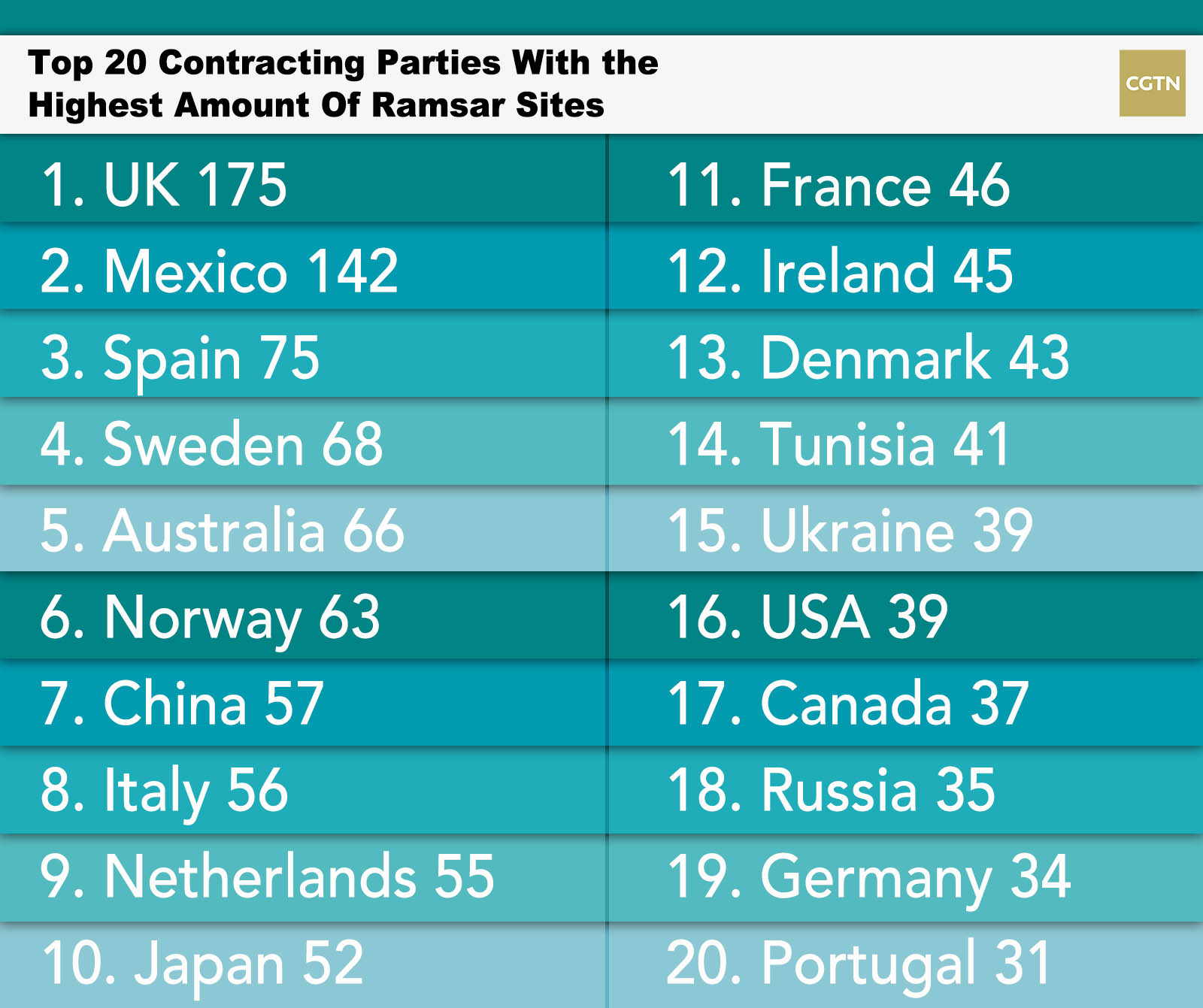
List of the world's top 20 contracting parties with the highest amount of Ramsar sites. /CGTN Graphic
List of the world's top 20 contracting parties with the highest amount of Ramsar sites. /CGTN Graphic
In 1992, China joined the convention and became a contracting party. Today, there are 57 Ramsar sites in China with a surface area of 6,948,592 hectares.
China's wetlands
In China, wetlands are scattered throughout the country. From unique mangroves along the coastlines to the high altitude plateau swamps on the Qinghai-Tibet plateau in the southwest, wetlands cover a surface area of around 53,800,000 hectares.
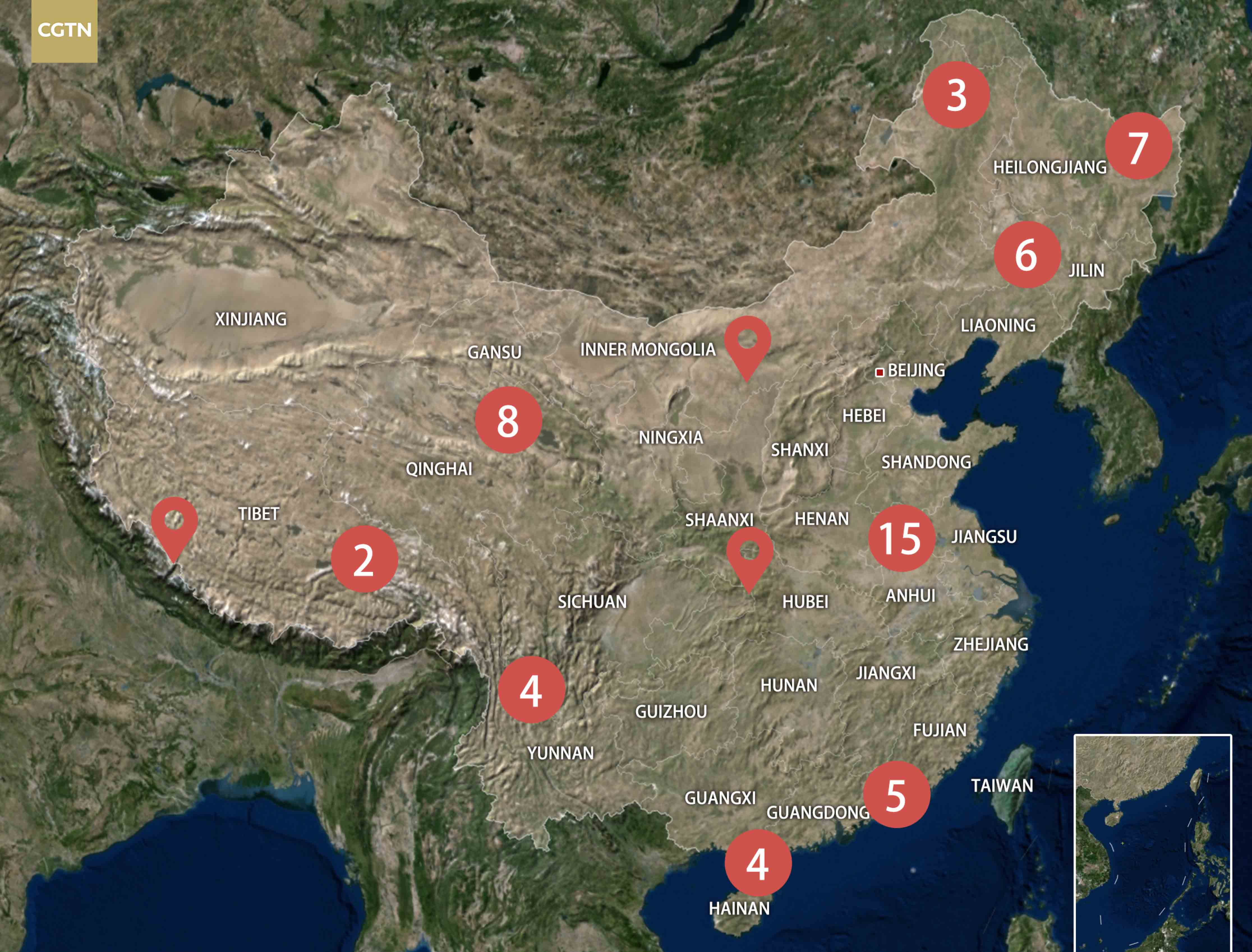
Map of Ramsar sites distribution in China. /CGTN Graphic
Map of Ramsar sites distribution in China. /CGTN Graphic
Coastal wetlands along the eastern coastline of the country play a significant part in biodiversity. These wetlands sit on one of the world's great flyways and are the major stops for millions of migratory birds. Some of these wetlands are also the only wintering place for certain species of birds.
For example, nine of the world's 15 species of cranes fly through China. And around 95 percent of the global white crane population spends their winter in Poyang Lake, east China's Jiangxi Province.
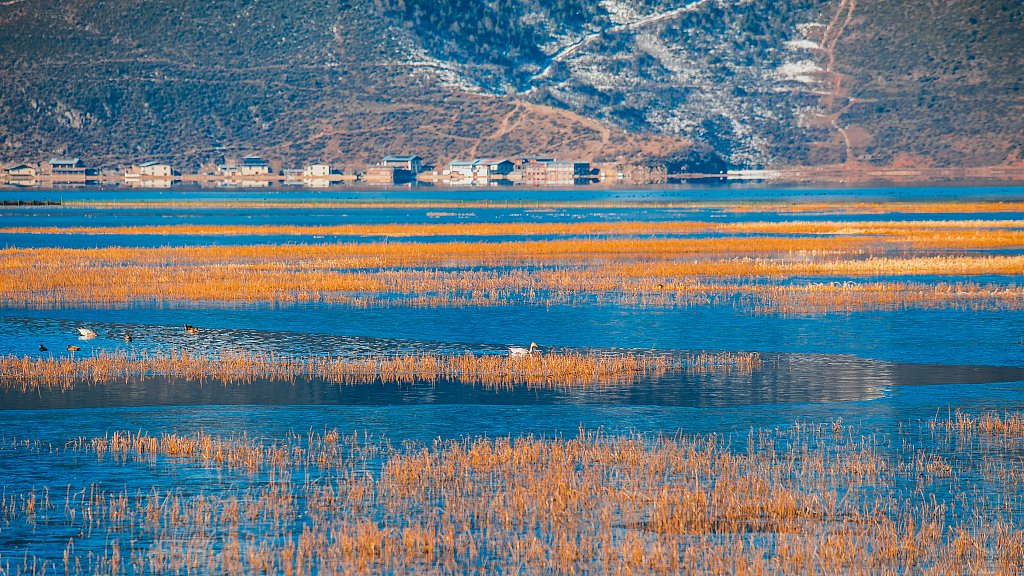
Napahai National Nature Reserve in Yunnan Province. /VCG Photo
Napahai National Nature Reserve in Yunnan Province. /VCG Photo
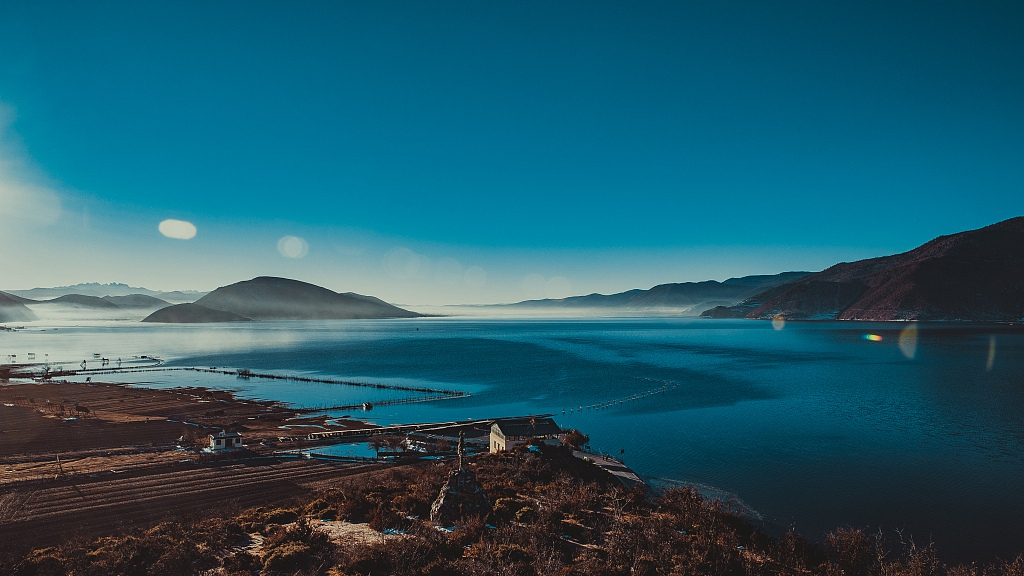
Napahai in Shangri-la County, Yunnan Province. /VCG Photo
Napahai in Shangri-la County, Yunnan Province. /VCG Photo
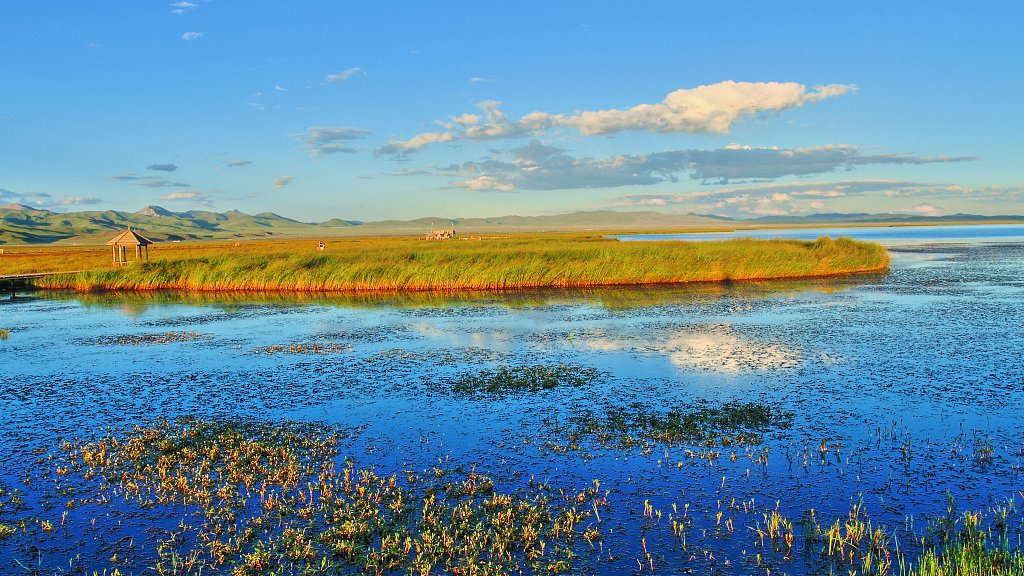
The Flower Lake in Zogye County, Aba Tibetan and Qiang Autonomous Prefecture, Sichuan Province. /VCG Photo
The Flower Lake in Zogye County, Aba Tibetan and Qiang Autonomous Prefecture, Sichuan Province. /VCG Photo
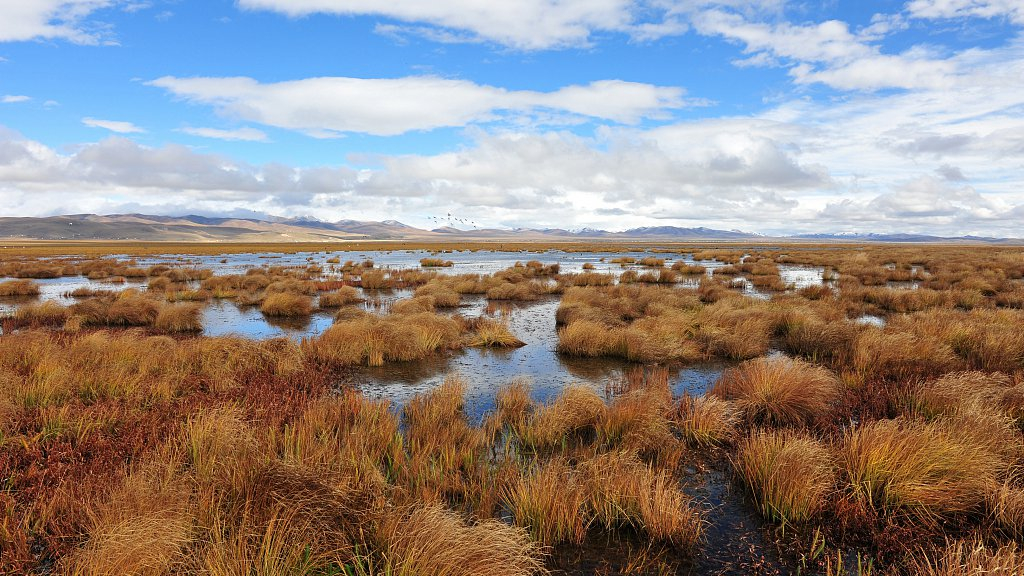
Zogye National Nature Reserve in Sichuan Province. /VCG Photo
Zogye National Nature Reserve in Sichuan Province. /VCG Photo
Wetlands also have irreplaceable roles in flood control and retaining water. In 1998, the Yangtze River suffered from a disastrous flood that was caused by the degradation of wetlands.
“The GDP suffered a loss at around 160 billion RMB, and numerous people were losing their homes,” said Professor Lei, who had led the restoration project, “and the ability of water purification also decreased, which largely reduced the water quality in the water bodies along the Yangtze River.”
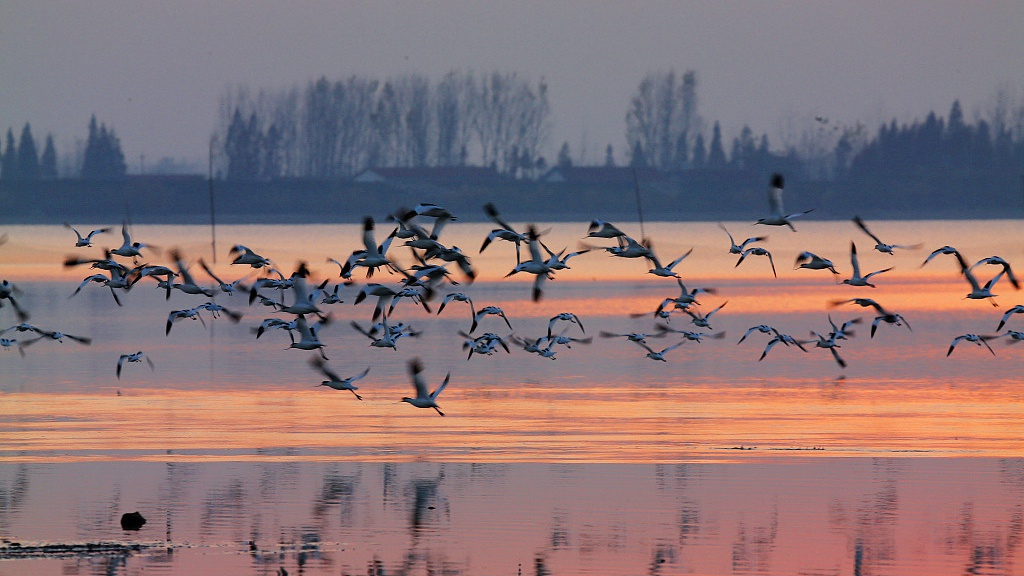
East Donting Lake National Nature Reserve in Yueyang City, Hunan Province. /VCG Photo
East Donting Lake National Nature Reserve in Yueyang City, Hunan Province. /VCG Photo
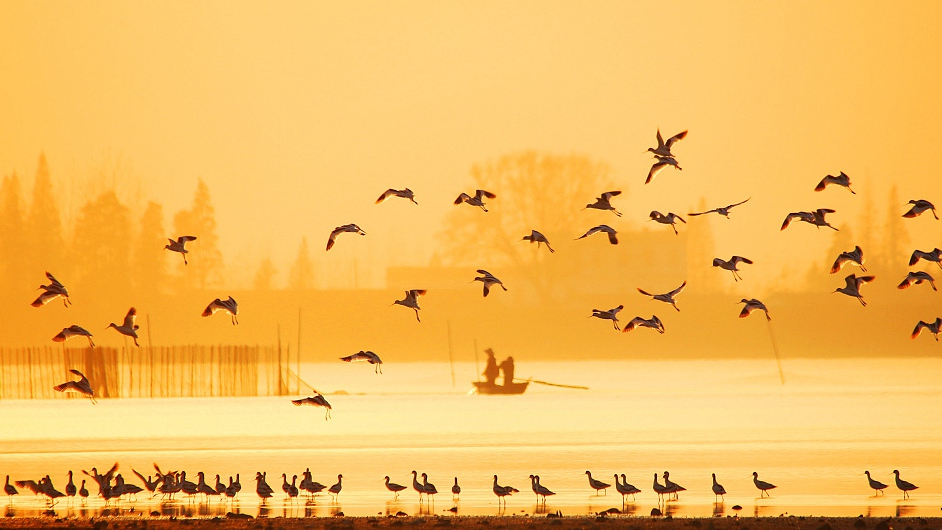
Migratory birds in East Dongting Lake in Yueyang City, Hunan Province. /VCG Photo
Migratory birds in East Dongting Lake in Yueyang City, Hunan Province. /VCG Photo
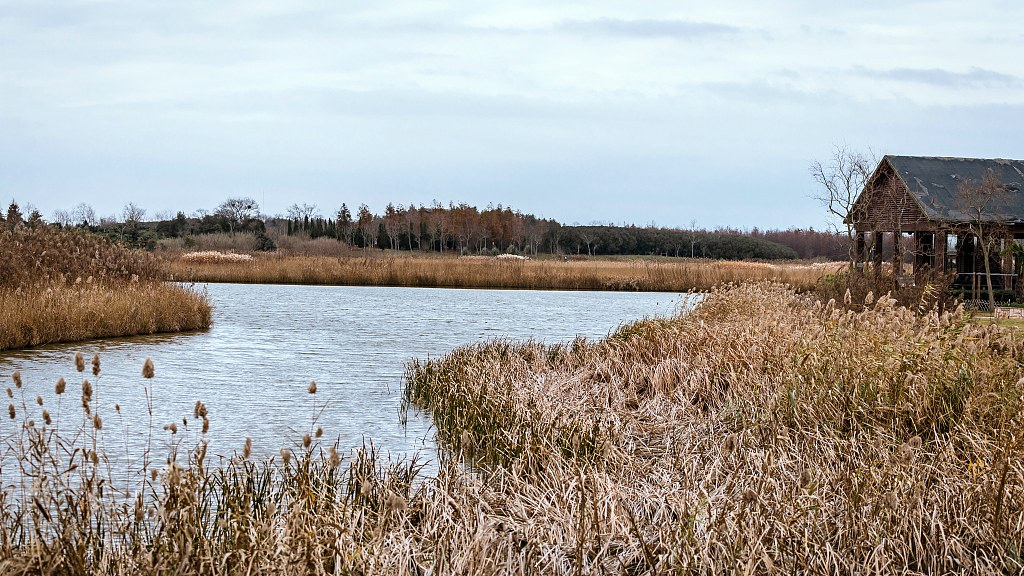
Wetland Park on Chongming Island in Shanghai. /VCG Photo
Wetland Park on Chongming Island in Shanghai. /VCG Photo
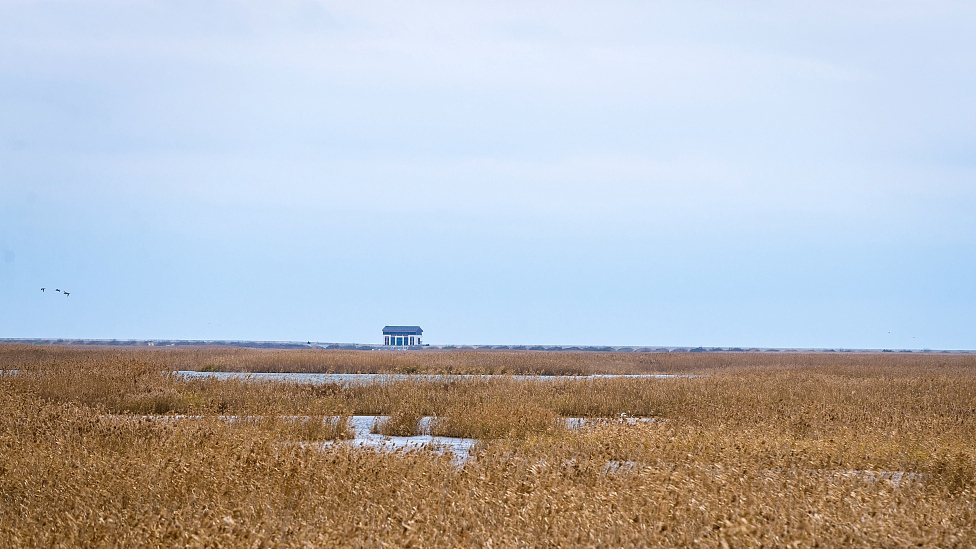
Wetland Park on Shanghai's Chongming Island. /VCG Photo
Wetland Park on Shanghai's Chongming Island. /VCG Photo
The restoration project, with the support from the government and World Wild Fund (WWF), had started immediately after the flood and made significant progress. Now the water and wetland qualities of Dongting Lake and Poyang Lake at the middle and lower reach of the Yangtze River have reached stability.
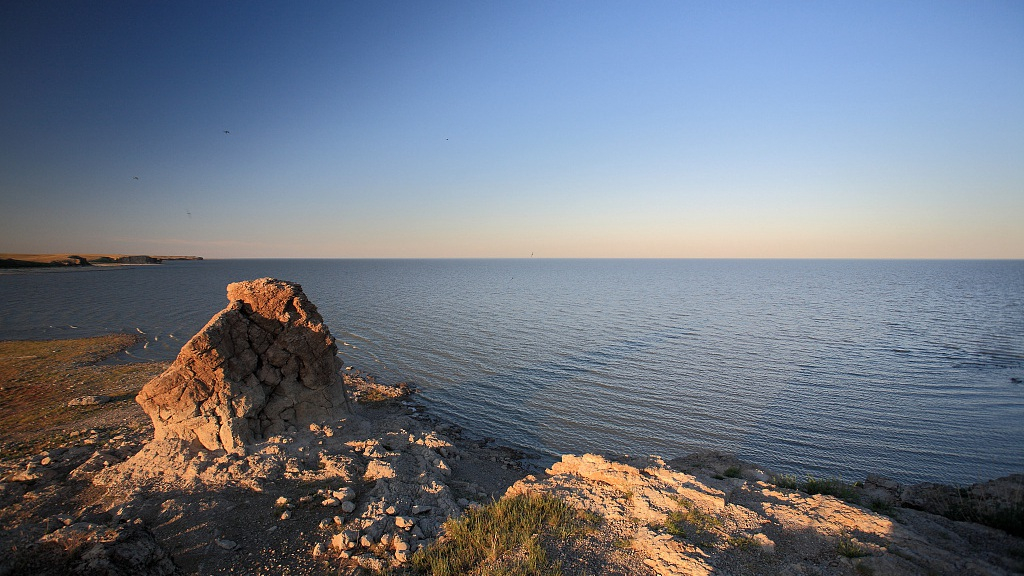
Hulun Lake on the Hulun Buir Grassland, north China's Inner Mongolia Autonomous Region. /VCG Photo
Hulun Lake on the Hulun Buir Grassland, north China's Inner Mongolia Autonomous Region. /VCG Photo
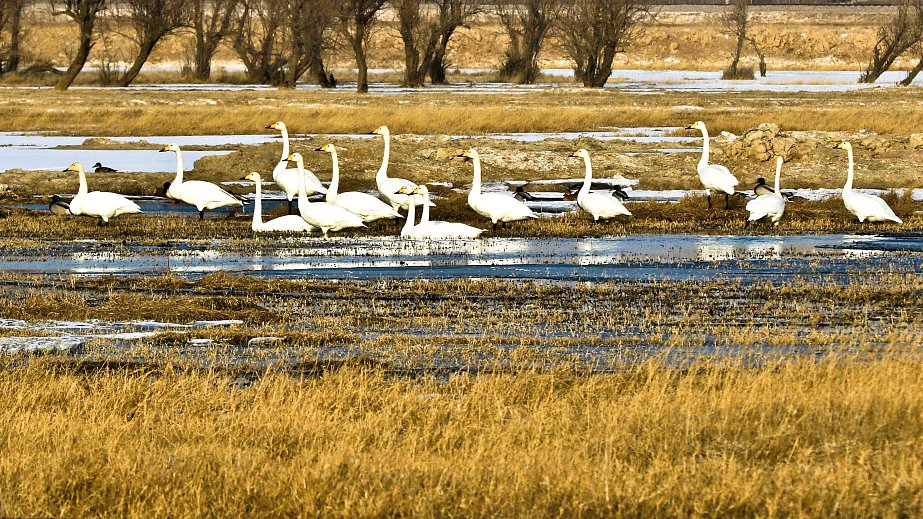
Swans in Heihe National Nature Reserve in Zhangye City, Gansu Province. /VCG Photo
Swans in Heihe National Nature Reserve in Zhangye City, Gansu Province. /VCG Photo
“The efficiency of wetland preservation projects is very high in China, and the strategies are also very specific according to different categories of wetlands,” Professor Lei added. “The percentage of natural wetland preservation in China is the highest in the world, and it's getting higher and higher.”
Challenges
In China, major problems in wetland conservation are caused by the reclamation of land and pollution. Invasive species such as the smooth cordgrass, red swamp crayfish, golden apple snails, red-eared sliders also posed a great threat to China's wetlands.
In recent years, the government has imposed strict restrictions in reclaiming land for constructions. The “eco-red line” draws out protected areas in which any construction is forbidden. Specific strategies in fighting against various invasive species have also made progress.
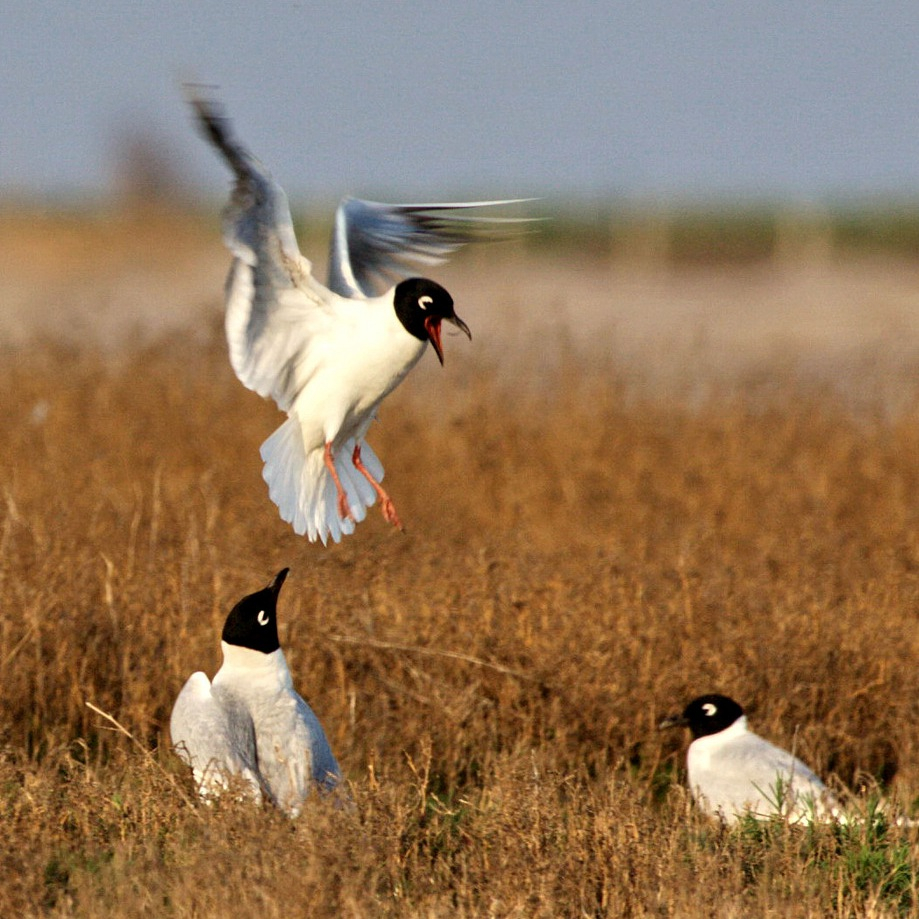
Saunders's Gulls in Hekou National Nature Reserve in Panjin City, Liaoning Province. /VCG Photo
Saunders's Gulls in Hekou National Nature Reserve in Panjin City, Liaoning Province. /VCG Photo
However, a detailed wetland preservation law is needed for further development. A committee is working on making this possible in the coming years, according to Professor Lei.
“Volunteers are extremely helpful in reporting illegal land reclamations and constructions,” Professor Lei said, “but it is also important for our society to have more awareness of the significance of wetlands.”
(Top image: The wetland on the Hulun Buir Grassland in the Inner Mongolia Autonomous Region via VCG. Graphics by CGTN's Yu Peng.)

